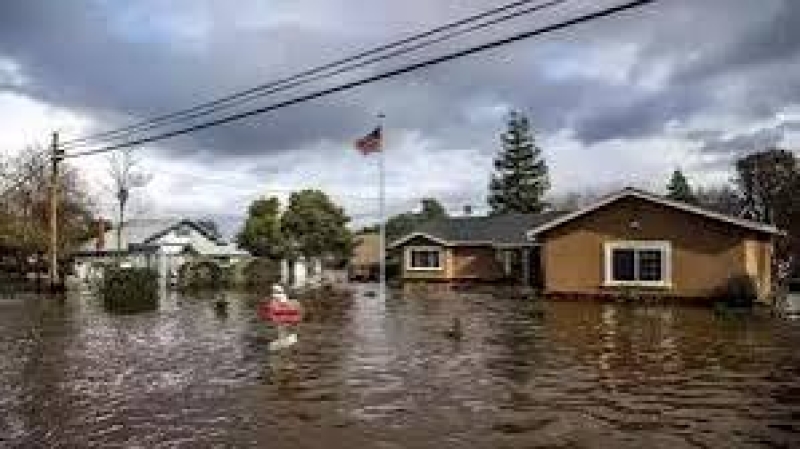- Reported massacre at hospital in Sudan’s El Fasher leaves 460 dead |
- DSE to complete IPO process within 6 months: MD |
- Prof Yunus asks for simplifying reform report for people |
- Forces from inside-outside may work to thwart polls: Prof Yunus |
- NCC for referendum, after July Charter order promulgation |
Flash floods kill 50 in one day in north Afghanistan

At least 50 people, mainly women and children, were killed Friday in flash flooding that ripped throughAfghanistan's Baghlan province, in the north of the country, a local officialtold AFP.
"So far, the number of dead is 50 as per the hospital authorities ofBaghlan-e-Markazi district of Baghlan province," said Hedayatullah Hamdard, thehead of the provincial natural disaster management department, adding the tollcould rise.
The official explained that heavy seasonal rains sparked the flooding, andresidents were unprepared for the sudden rush of water.
Emergency personnel were "searching for any possible victims under the mudand rubble, with the help of security forces from the national army andpolice," Hamdard said late Friday.
"The weather is very gloomy right now and might pour down again," he added.Dozens of tents, blankets and food were provided to those who lost theirhomes, the official said.
Video footage seen on social media showed huge torrents of muddy waterswamping roads -- and bodies shrouded in white and black cloth, reports BSS.
In one video clip, children are heard crying and a group of men are lookingat floodwaters, in which bits of broken wood and debris from homes can be seen.
Since mid-April, flash flooding and other floods have left about 100 peopledead in 10 of Afghanistan's provinces, with no region entirely spared,according to authorities.
Farmland has been swamped in a country where 80 percent of the more than 40million people depend on agriculture to survive.
Afghanistan -- which had a relatively dry winter, making it more difficultfor the soil to absorb rainfall -- is vulnerable to climate change.
The nation, ravaged by four decades of war, is one of the poorest in theworld and, according to scientists, one of the worst prepared to face theconsequences of global warming.
Afghanistan, which is responsible for only 0.06 percent of the world'sgreenhouse gas emissions, ranks sixth on the list of countries most at riskfrom climate change, experts say.
Half of Afghanistan's population lives under the poverty line, and 15million people are experiencing food insecurity, according to the World Bank.

